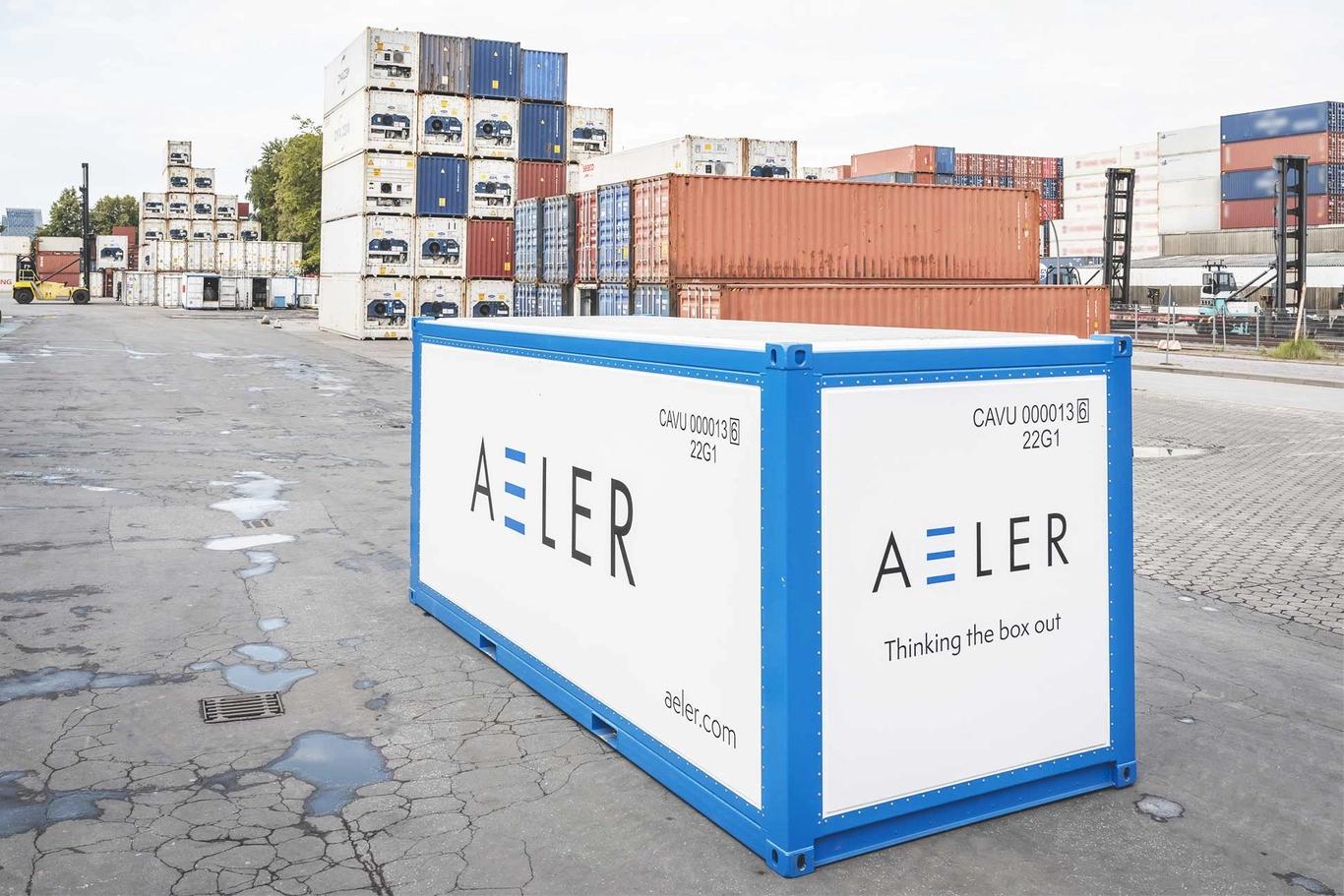It’s easy to think of shipping containers as simple metal boxes, that can’t be significantly improved. The Unit One container, however, is claimed to be lighter, stronger and more energy-efficient than others, plus it uses multiple sensors to monitor its cargo.
David Baur first came up with the idea for the Unit One when he was an engineering student at Switzerland’s École polytechnique fédérale de Lausanne (EPFL). Along with Naik Londono, he’s now co-CEO of Aeler, a spin-off company that has commercialized the technology.
Whereas conventional shipping containers have metal walls that are corrugated for strength, the 20-ft (6-m) Unit One features flat, smooth, insulated walls made of a high-strength yet lightweight fiberglass/resin composite. Because the Unit One is so light, it’s reportedly able to carry 11% more dry cargo than a regular container (without exceeding total weight limits), and 17% more liquid than a traditional container equipped with a Flexitank bladder – and unlike some shipping containers, it does so without bulging.
The insulation, meanwhile, helps keep the inside of the Unit One from getting too hot when sitting out in the sun during the day, and from getting too cold when the temperature drops at night. As a result, the container’s cooling and heating systems don’t need to run as often, plus there’s less chance of cargo-damaging condensation forming inside.

Aeler
Utilizing an online portal, clients can check on the status of their load(s) at any time. This is made possible by internet-connected sensors inside the container, which continuously monitor parameters such as temperature, air pressure, humidity, impacts, VOC (volatile organic compound) gases, luminosity, door openings, and GPS coordinates. All of this data is updated once every five to 10 minutes.
According to Aeler, because fewer containers are required to transport a given amount of cargo, widespread use of the Unit One could reduce maritime shipping carbon emissions by approximately 20%. Thanks to their lighter weight and their more aerodynamic walls, they could also lower the fuel consumption of transport trucks by 4%.
Over 60 Unit One containers are already in use by various clients. They are available as a service, wherein users pick them up at one Aeler depot then return them to another, once the shipment is complete.
Source of Article